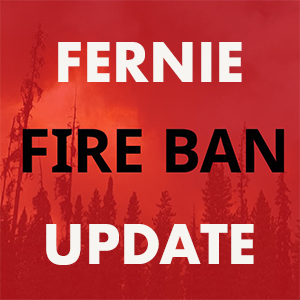
Last year, the fungus that causes white-nose syndrome (WNS) in bats was detected in Grand Forks, BC – please report dead bats. This winter and spring, the BC Community Bat Program, in collaboration with the Province of BC, is asking the public for help in the effort to detect and prevent the spread of WNS. Residents are urged to report dead bats or any bat activity observed in winter and any sick or dead bats found before May 31st.
There have not been any bats with WNS found to date in BC, but the detection of Pd, the fungus that causes it, was confirmed last year. Biologists are concerned that the arrival of WNS is imminent. “Increasing the number of bat reports from the public is the best chance to understand how WNS might spread and affect local bat populations,” says Elodie Kuhnert, Kootenay coordinator for the BC Community Bat Program. First detected in New York State in 2006, the disease continues to spread, with detections in western and central Washington and in south-central Alberta.
The fungus does not cause disease in humans and pets, but white-nose syndrome has devastated North American bat populations. The fungus attacks bats while they are hibernating, growing on their faces to give an appearance of a white nose. Bats often wake to clean the fungus from their skin. This uses valuable energy, and eventually the bats die from starvation.

“Across North America, millions of bats have been killed, and seven of our 15 BC species could be severely affected by the disease,” says Kuhnert. The Little Brown Myotis and the Northern Myotis are both listed as Endangered in Canada due to WNS. Though there is not yet a proven cure for WNS, several promising treatment options are being developed, and it may be possible to mitigate the effects of this wildlife health crisis.
If you find a dead bat or have sightings of winter bat activity, please report to the B.C. Community Bat Program online at www.bcbats.ca, via email at kootenay@bcbats.ca or call 1-855-922-2287 ext.14.
All live bats should be left alone — keep your distance, snap a photo and report it to the B.C. Community Bat Program. If you must move a bat, visit www.bcbats.ca for advice and never touch a bat with your bare hands. Please note that if you or your pet has been in direct contact with the bat you will need further information regarding the risk of rabies to you and your pet. Please contact the BC Community Bat Program for more information.
“The bats of BC are key predators of many night-flying insects. They are essential parts of BC’s ecosystems and provide a huge economic benefit by helping control agricultural, forest, and urban pests,” says Kuhnert. In partnership with the BC Ministry of Water, Land and Resource Stewardship, the BC Community Bat Program provides information and promotes local stewardship and citizen science. The BC Community Bat Program Kootenay Region extends its gratitude to partners involved in bat conservation including the Wildlife Conservation Society. The program is supported by funding from the Columbia Basin Trust, the Kootenay compensation local funds, the Columbia Valley Community fund, the Habitat Conservation Trust Foundation, Forest Enhancement Society of BC, the Habitat Stewardship Program, and the Province of BC.
You can find out more about the BC Community Bat Program and options for helping local bat populations at www.bcbats.ca, info@bcbats.ca, or 1-855-922-2287.
























